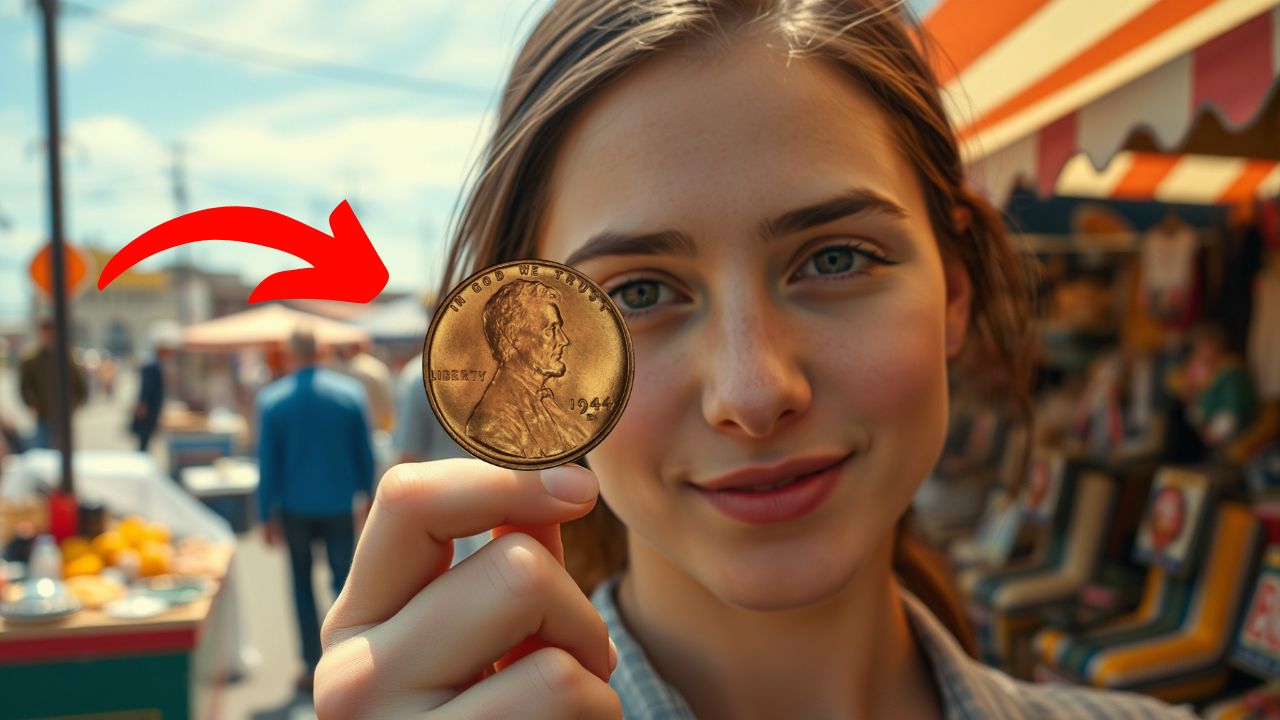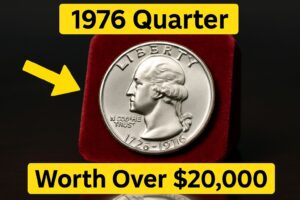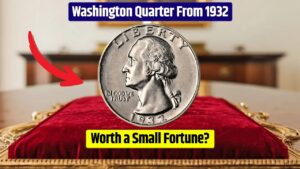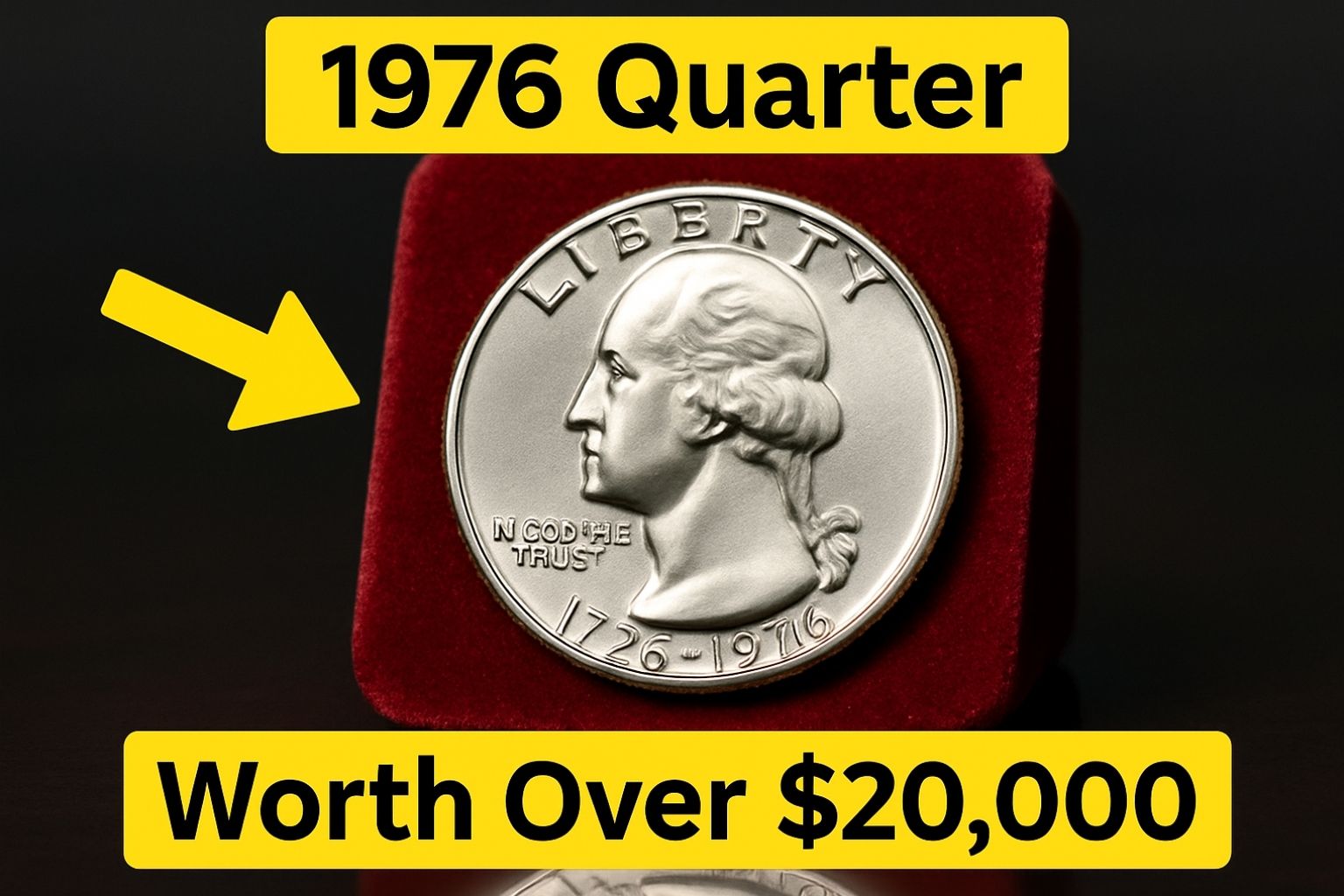Every so often, a coin slips out of the shadows and sends shockwaves through the numismatic world. Not because it’s gold. Not because it’s covered in diamonds. But because it was never supposed to exist in the first place.
I’m talking about the Lincoln Wheat Penny — the one that surfaces maybe once every ten years like some copper-coated Bigfoot. It’s not just a collector’s dream; it’s a historical glitch, a wartime ghost, a mystery wrapped in red tape and copper alloy.
The Penny That Refused to Follow Orders
Back in 1943, while the world was busy unraveling at the seams, the U.S. Mint made a bold move. Copper was needed for bullets, shell casings, telephone wires — war stuff. So the Mint swapped copper for zinc-coated steel to keep the country’s pennies flowing without draining essential resources.
But then… something weird happened.
Somehow, a few copper blanks — left over from 1942 — got caught in the minting machines and were struck with the 1943 design. Just a few. Maybe 10. Maybe 15. No one really knows.
These weren’t test coins. They weren’t supposed to be prototypes. They were straight-up accidents. But oh man, what a beautiful accident.
What Makes It So Special?
On paper, it’s just a penny. One cent. Lincoln’s face on the front, wheat stalks on the back. Same design as millions of others. But this one detail — the metal it’s made from — transforms it into something else entirely.
Imagine owning a painting that looks just like a dozen others… until someone does a deep scan and finds a hidden signature from Picasso underneath the paint. That’s the vibe here.
This coin should not exist — and yet, it does.
And that contradiction? That’s where the magic lives.
The Auction That Stops the Room
When a 1943 bronze Lincoln Wheat Penny shows up at auction, people lose their minds. It’s not uncommon for bidding wars to push prices north of $1 million, sometimes way more if the coin’s got an interesting story or pristine condition.
It doesn’t matter if you’re a seasoned numismatist or someone who can’t tell nickel from pewter — this coin commands attention. The kind that halts conversations at coin conventions. The kind that gets front-page blurbs in financial newsletters and late-night talk show jokes.
And yet… years can pass without a single one hitting the market.
That’s how rare they are.
From Junk Drawer to Jackpot
Here’s what really gets people: the best stories? They’re not about billionaires buying coins for sport. They’re about regular folks finding history in a jar of change.
One of these ultra-rare 1943 bronze pennies was discovered by a high school kid in 1947. Another popped up decades later in a retired man’s coin collection — something he hadn’t touched in 40 years.
These weren’t treasure hunters. No metal detectors. No auctions. Just normal people, stumbling onto something extraordinary.
And that’s the hook. That’s what keeps us all checking our pockets.
Why It Matters More Than the Money
Sure, the million-dollar price tag turns heads. But collectors will tell you — this penny hits different.
It’s not just a coin. It’s a wartime artifact. A moment in history frozen in copper. A mechanical oversight during one of the most intense periods in American history that now lives on as a collector’s crown jewel.
Add Lincoln’s face — arguably the most revered U.S. president — and it becomes symbolic. It’s about endurance. Legacy. The tension between chaos and control.
And really, it reminds us that even mistakes can become masterpieces.
Still Think Pennies Are Useless?
Look, most pennies are worth squat. They get stuck in couch cushions and tossed in tip jars.
But then there’s this one.
The Lincoln Wheat Penny that wasn’t supposed to be. The one that disappeared for years, only to resurface like a ghost on a mission. And every time it does, it turns a quiet auction house into the Super Bowl of coin collecting.
Odds are you’ll never find one. But then again… so did that kid in the ’40s. So did that old man with the dusty coin box. Lightning does strike sometimes.
And maybe that’s the whole point.
FAQ
What exactly is the 1943 bronze Lincoln penny?
It’s a penny mistakenly struck in bronze during a year when all pennies were supposed to be made of steel. Only about 10–15 are known to exist.
How much is it worth today?
Depending on condition, some have sold for over $1.7 million.
Can you still find one in circulation?
Highly unlikely — but stranger things have happened. Most are in private collections, but a few were discovered in pocket change.
How do I know if I have one?
Use a magnet — steel 1943 pennies will stick. Bronze won’t. Also, check the weight: bronze pennies are heavier (3.11g vs. 2.7g for steel).









